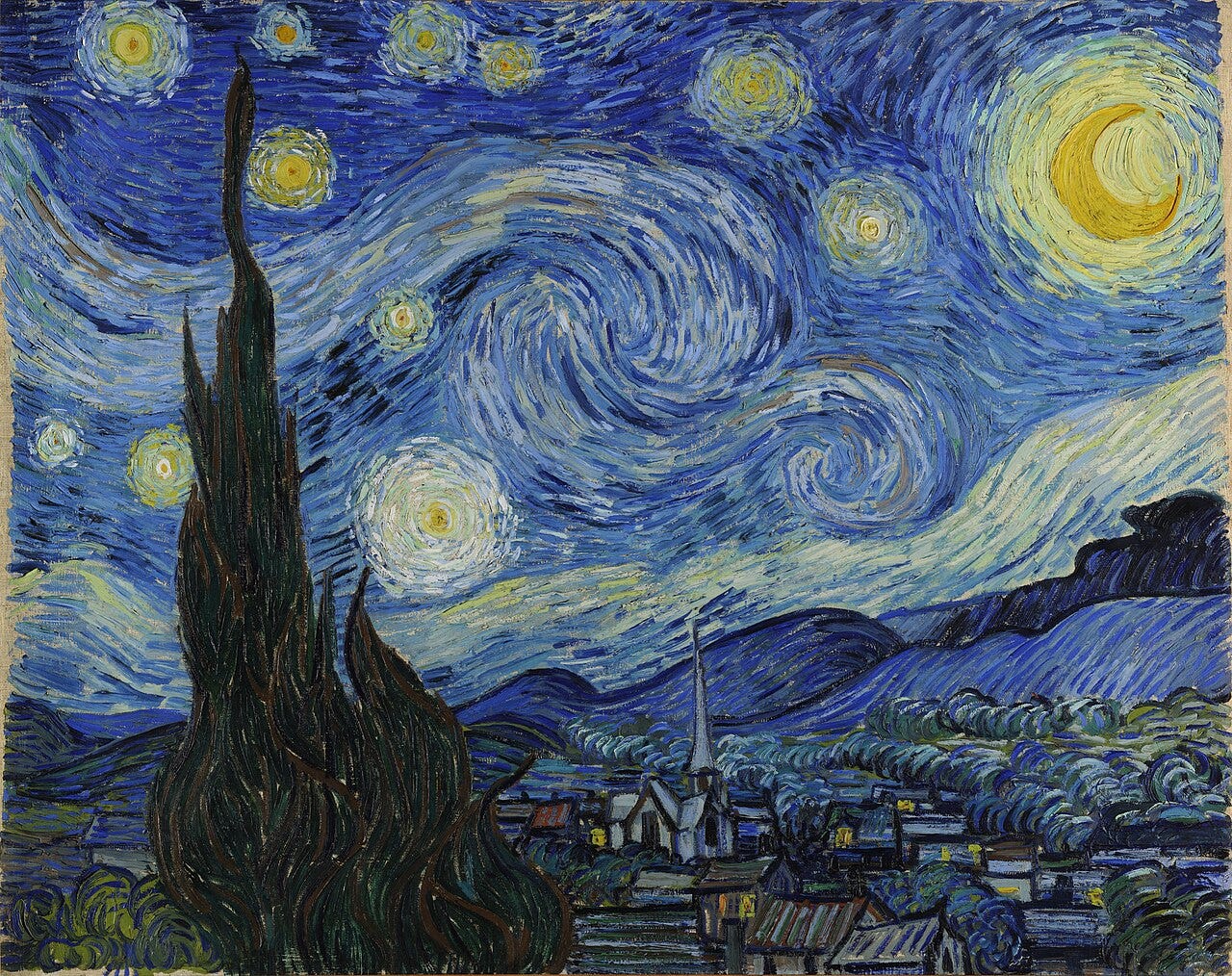Towards a Metaphysics of Poetry
On Poetic Language
The poet, in effect, is that artisan who sustains and shapes imagery using no means other than language
—Ricoeur, The Rule of Metaphor
It was not enough that Wordsworth felt deeply, and that his pen was effulgent with the spontaneous overflow of powerful emotions. Nor was it enough that Plato put into the mouth of Socrates all manner of abstract propositions about the soul. Their genius comes rather from the fact that they could ascertain these things, emotions and ideas, by populating the imagination with real objects. A cloud. A view of the countryside a few miles above Tintern Abbey. A chariot drawn by the dueling horses of passion and reason. It was not only their emotional or intellectual capabilities that made them great, but equally their ability to figure in the mind the right symbols for such experiences.
This is the work of the poet, the figuring of shapes within the imagination. The poet accomplishes this by attending to the operations of language at their most fundamental level, that is, at the level of the mind. It is in this way that poetry differs from other artistic mediums, and where it ultimately derives its value.
Poetry is that art which makes use, first and foremost, of poetic language, which is not a specialized language, as is commonly thought, opposed, as it normally is, to ordinary language. Rather, it is a language closer to the true nature of language. It is language whose essence is internal, and whose operations act upon, and organize, the theater of the mind.
The linguist Noam Chomsky has said that the function of language is primarily for thought and not communication. That is, almost the majority of our language use occurs internally, as thinking, as opposed to externally, as speech.
Here is Chomsky explaining his position.
The characteristic use of language is primarily to make connections and “link interfaces,” as Chomsky says. Furthermore, he claims that the mechanics of language are actually better designed for thinking than for talking. This observation has applications when we consider poetic language, which is language that operates closer to thought than to speech.
Consider the opening lines of Keats’ Endymion
A thing of beauty is a joy for ever:
Its loveliness increases; it will never
Pass into nothingness; but still will keep
A bower quiet for us, and a sleep
Full of sweet dreams, and health, and quiet breathing.
What’s immediately apparent is that it’s much easier to understand intuitively the meaning of these lines than it is to unpack them. That’s obvious to anyone who’s ever read a poem and asked, “What does that mean?” It’s a characteristic of poetic language that its meaning is “closed” rather than open. The relationship between sense and sound is dense, such that, unlike ordinary language, the signs converge in the poem and not to some referent outside of it. “In poetic language,” Ricoeur says, “the sign is looked at, not through. In other words, instead of being a medium or route crossed on the way to reality, language itself becomes ‘stuff,’ like the sculptor’s marble.”
This makes sense if we understand that poetry is language that operates at the level of thinking as opposed to speaking. Of course I’m not discounting the fact that poetry is often spoken for an audience. Indeed, it can be composed for recitation. But the composition, and its reception by an audience, is happening at a deeper level than speech. The work of the poem happens in the mind first, deep within, facilitating the connection of ephemera and abstractions through image and sound. It is essentially the figuring of the imagination, the creation of a virtual world through which we encounter ideas and emotions as “real, solid things.”
One only has to consider the fundamental operations of poetry, figures of thought and the figures of sound, to understand that their characteristic use is for structuring the imagination. Metaphor and metonymy, alliteration and anaphora. These things link concepts with images and generate a mental landscape that interfaces with our experiences in such a way as to make them appear “real.” And they can do this with great celerity, outpacing the processes of everyday speech. This is what I mean when I say that poetry operates at the level of the imagination, which is closer to thinking than to speaking.
The imagination, Kant said, forms the link between sensation and understanding. It is here that poetry plays an indispensable role as an art. Indeed, if it is to have any value at all, and not fade away into obscurity, it must be as the craft of figuration that creates an interior, imagined world out of language, one that elucidates beauty and truth, and makes them into recognizable objects.
But what is the imagination exactly, and how does poetry act upon it to create its objects? Next time I’d like to look at a theory of imagination put forward by R.G. Collingwood, as well as one of the essential operations that poetry uses, metaphor, described by George Lakoff.



Thank you Thomas. I have plenty to say about that as well. Perhaps I'll get to it in a post soon
I am only just warming up to poetry now (in my mid-30s) and found this intriguing. I’m sure it will impact my experience with poetry in the future and for that, I’m grateful.